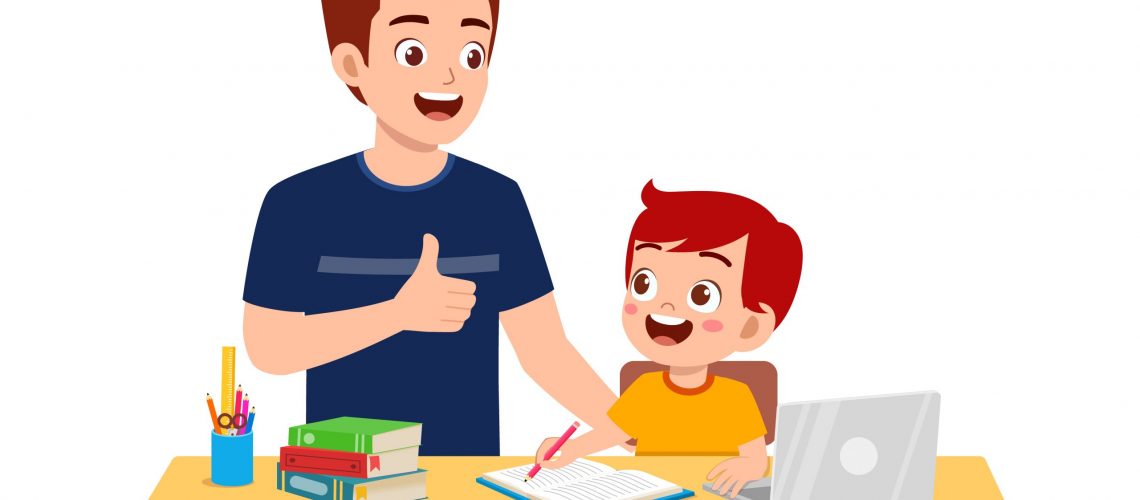Digital Wellbeing and Internet Safety is top priority in today world for all individuals for all ages below are some advises for parents having young children. It is never too early to think about your children’s online safety. If you are a parent having kids who is just beginning to uncover the online world. The purpose of this article is to (a) To spread awareness of the risks and of the strategies we can use to create a better relationship with digital technologies. (b) Assess relationship with digital technologies and to safeguard our wellbeing. (C) Acquaint with formal knowledge on digital wellbeing.
Data on Internet and Social Media Usage in 2021 in India:
- We have around 1.39 Billion Indian Population
- 1.10 Billion are having access to Mobile Connection
- 624 Million Active Internet Users(44% of Population, with an Increase of 78 Million when compared to 2020, i.e. 8.2% Rise)
- 448 Million Active Social Media Users (32.3%) of the population, with an increase of 78 Million when compared to 2021, i.e. 21.2% Rise)
- Average Internet Consumption is 6.36 Hours, average across all devices
- Average Social Media Consumption us 2.25 Hours
- Average Time spent on listening to Music Streaming Services 1.53 Hours
- Average Time spent on gaming 1.20 Hours
- 92.8% of the internet users aged between 16 TO 64 play video games (Includes all devices)
- Facebook reports can be reached using adverts are 320 million
- That Google reports can be reached using adverts are 448 million
- That Facebook reports can be reached using adverts are 440 million
- That LinkedIn reports can be reached with adverts are 71 million
- That Twitter reports can be reached with adverts are 17.5 million
Important Guidelines :
- Use Parental Controls
- Disable in App Purchases
- Inform then What to do when things go wrong
- Talk about Internet Safety with your children
- Set up a Family Email
- Use the feature, Safe Search
- Play Safe Feature – Check the rating and age bars of the game
What Parents and Teachers Must Understand :
As children between the ages of (07 and 13) make the transition to a more independent stage with the move to secondary school, they become more confident internet users with more varied habits. Parents are concerned that children will actively engage in risky and dangerous behaviour such as contacting people they do not know. It thus becomes vital to discuss online safety with them.
As a child becomes a teenager, it’s likely that the internet will be a part of their daily life. Most teenagers have access to the internet using a smartphone or tablet, and use a wide range of social networking sites as a vital part of their relationships with others. Parents of (14-16) find it harder to control their child’s screen time.
(1) Interaction – (a) Who do you have in common with them and who can vouch for them? Who would support your interaction with them? (b) Where the Interaction is taking place. (c) Should you know the person(s) you are interacting with? (d) What information are they asking of you? (e) What information are they giving/willing to give off you? (f) What are they getting out of your interaction? (g) How much of your interaction do you control?
(2) Information – (a) Means of Communication. (b) Check the Source. (c) Go Through the Information. (d) Verify the Information. (e) Believe the Information. (f) Sharing the Information
(3) Influence – How do your digital activities make you feel Good or Bad and what is the final balance?
(4) Instruction – An important lesson to remember at the end of all of this is that you are only as safe as your community is. This means even the slightest weak link can compromise everyone’s safety and wellbeing especially in a digital wellbeing. It is for this reason that your awareness and learning on digital wellbeing can never stop and neither can your teaching and propagation of it. This brings us to the two important things about instruction you need to keep in mind (a) Receiving instruction. (b) Giving instruction
Tips for Parents and Teachers:
- Don’t block all access to technology. Help your child learn to use technology safely and positively.
- Take an interest in your child’s favourite apps or sites. Co-view or co-create at times.
- Be the parent. You’re in charge. Set limitations and consider using content filtering software’s.
- Create a family Screen time agreement with tech free zones such as cars, bedrooms, and meals.
- Teach your child what personal information they should not reveal / overshare online (Consent of Data – Online and Offline).
- Help your child learn to filter information online and navigate … myth from reality / popularity vs truth.
- Navigate digital dilemmas with your child avoid using devices as rewards or gifts.
- Balance off-screen time and on-screen time. Focus on actual developmental needs.
- Don’t support your child to sign up for sites which has age restrictions (e.g. 18+) especially if they’re underaged.
- Learn more and more, explore reliable resources for parents so you can educate yourself.



